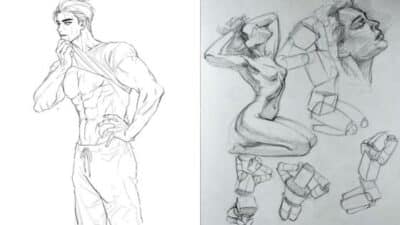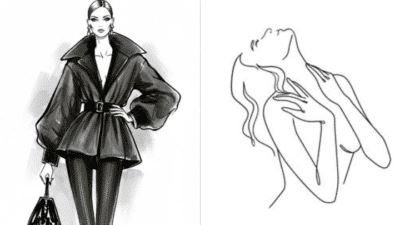Minimalist drawing is a simple way to create art using few lines and shapes. It helps people focus on the main idea without getting caught up in details. This style is great for beginners or anyone who wants to enjoy making art without feeling overwhelmed.
Minimalist drawing ideas can spark creativity by encouraging artists to use less and think more about their work. These ideas provide fresh ways to explore simple forms and express emotions through basic elements. It offers an easy and relaxing way to practice art every day.
1) Single-line animal sketches
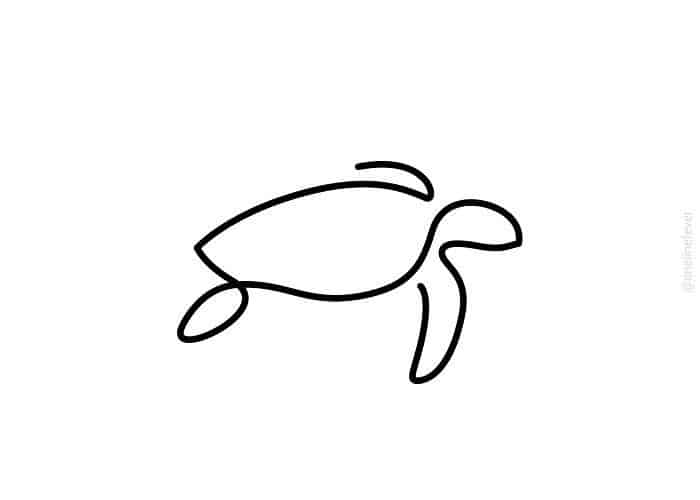
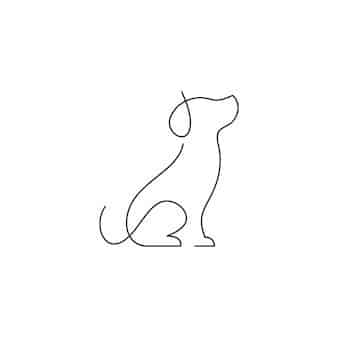
Single-line animal sketches use one continuous line to create simple and clear animal shapes. This style helps artists focus on the basic form without adding too much detail.
They are great for beginners because the drawings are easy to start. A single, smooth line can show an animal’s shape like a cat, bird, or elephant with just a few curves and angles.
This technique also helps improve hand control and creativity. The artist must plan the line to capture the animal’s most important features in one go.
People enjoy these sketches because they look clean and stylish. They can be used as tattoos, decorations, or quick practice to build drawing skills.
By practicing single-line animal sketches, anyone can have fun and make creative art with very little effort. It’s a simple way to enjoy drawing without feeling overwhelmed.
2) Abstract geometric shapes
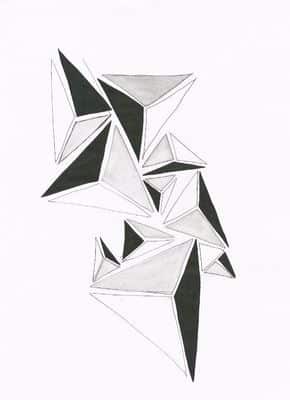
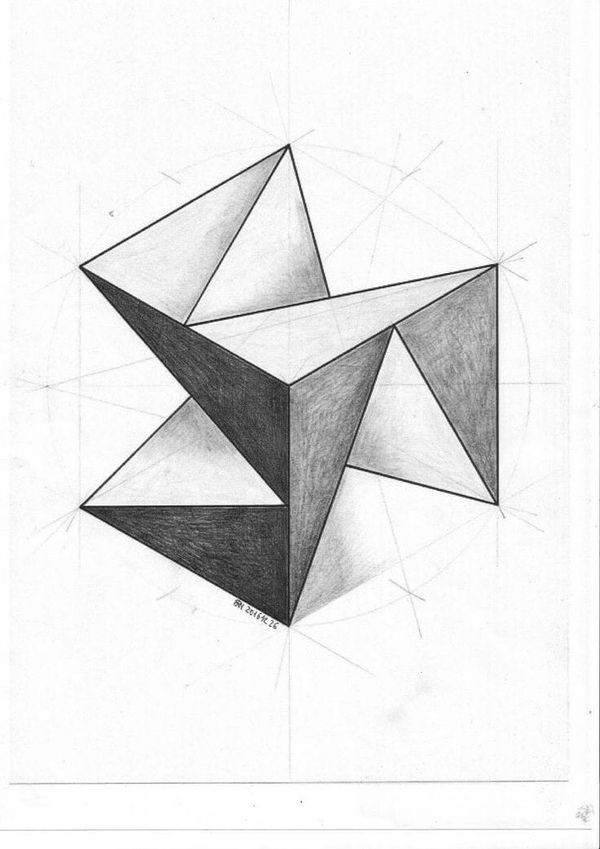
Abstract geometric shapes are simple forms like circles, squares, triangles, and lines. They can be combined to create interesting patterns and designs. Using clean, clear shapes makes the drawing look minimalist and neat.
He or she can start by drawing a few basic shapes and then arrange them in different ways. Playing with size, spacing, and angles helps keep the artwork fresh and unique. It also makes the process fun and easy.
Colors can be added or kept to black and white to maintain simplicity. The focus is on balance and harmony between the shapes. This approach lets creativity flow without needing complicated skills.
3) Silhouettes of trees
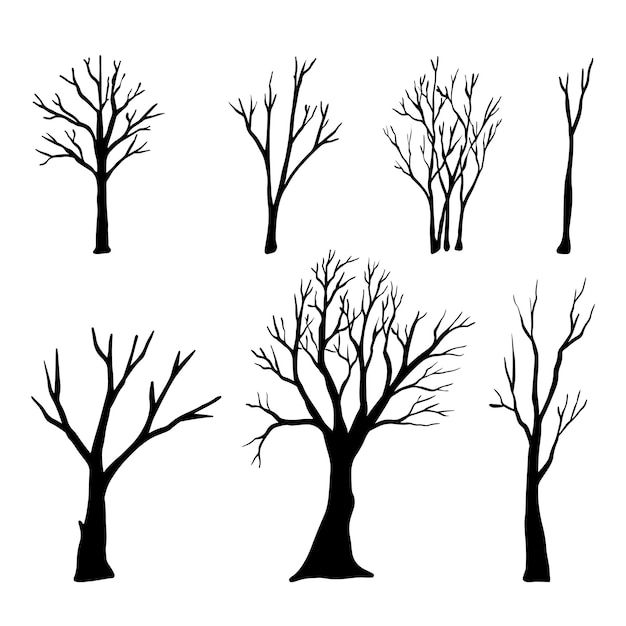
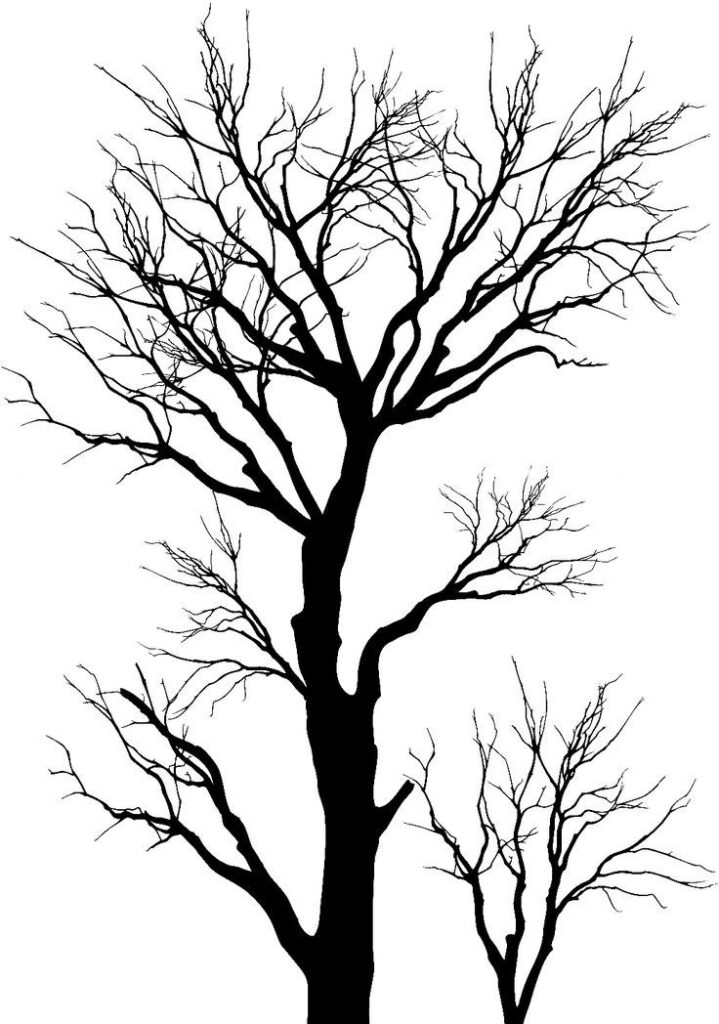
Silhouettes of trees are a great way to start minimalist drawing. They focus on the simple shape of the tree without extra details like leaves or bark. This makes them easy to create and visually striking.
Artists use solid black or dark colors to fill in the tree shape. This contrast makes the drawing stand out on a white or light background. It also gives a calm and peaceful feeling to the artwork.
Trying different tree shapes, like pine trees or bare branches, can add variety. Sometimes, just a few lines are enough to show the tree’s form clearly. This frees the artist to focus on balance and composition in their drawing.
Silhouette tree art works well for many styles. It fits perfectly into modern, minimalist decor or can be used in simple sketches. It’s also a good way to practice drawing basic shapes and improve hand control.
4) Minimalist floral designs
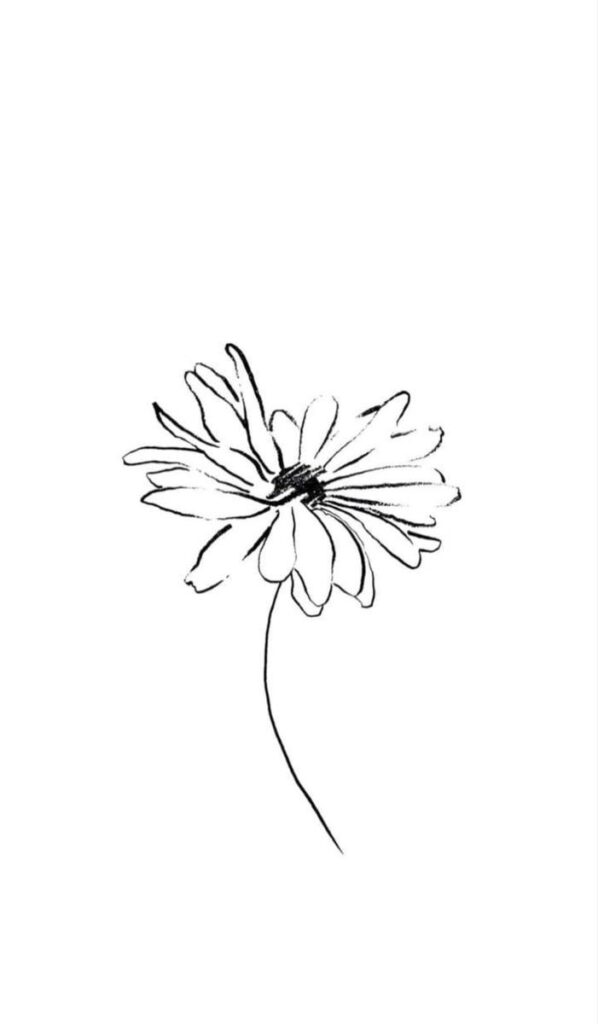
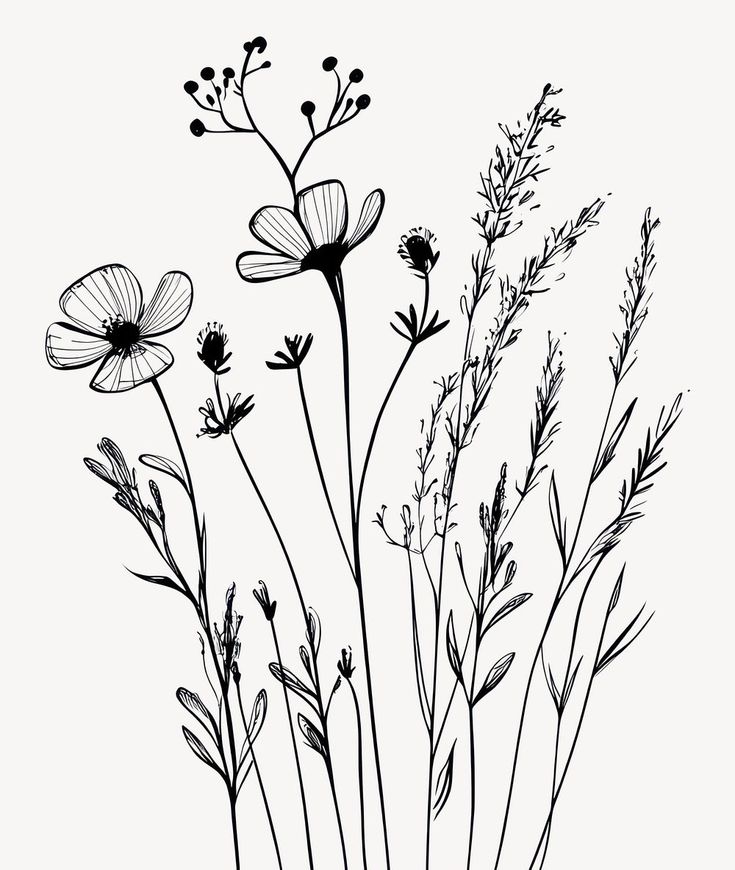
Minimalist floral designs use simple lines and shapes to show the beauty of flowers. They focus on the basic form instead of details, which helps keep the drawing clean and easy to understand.
These designs often use single lines or a few curved strokes. This style helps artists capture the feeling of a flower without making it too complicated.
People find minimalist floral drawings relaxing to create. They can also boost focus because the artist pays close attention to each line.
Minimalist floral art works well for beginners and experienced artists. It’s a good way to practice drawing flowers without getting overwhelmed by details.
Using a limited color palette or just black ink adds to the minimalist look. This makes the flower stand out and keeps the artwork simple and elegant.
5) Simple fire with red and orange tones
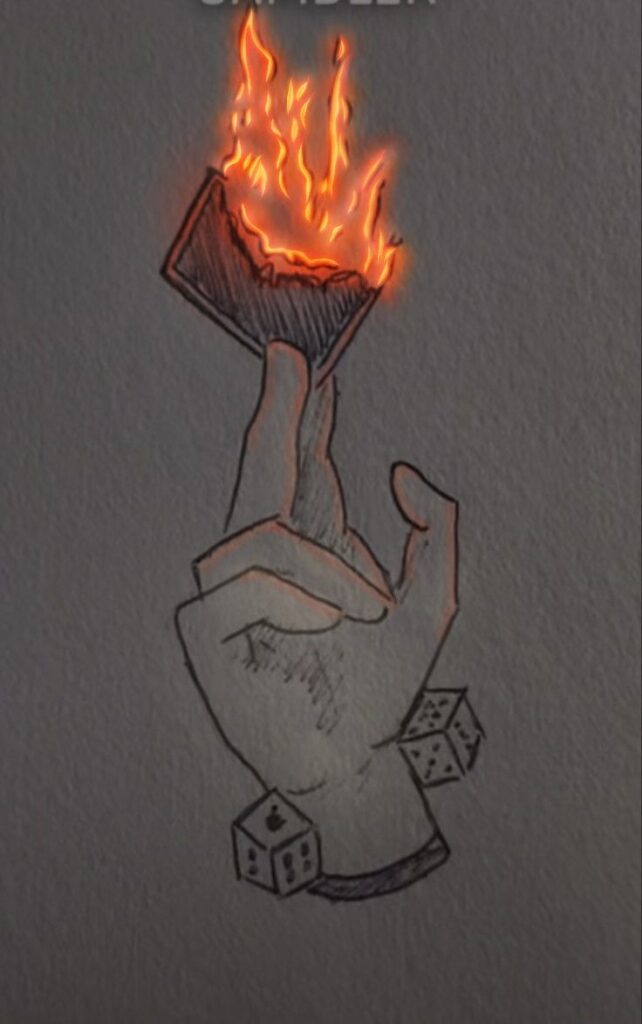
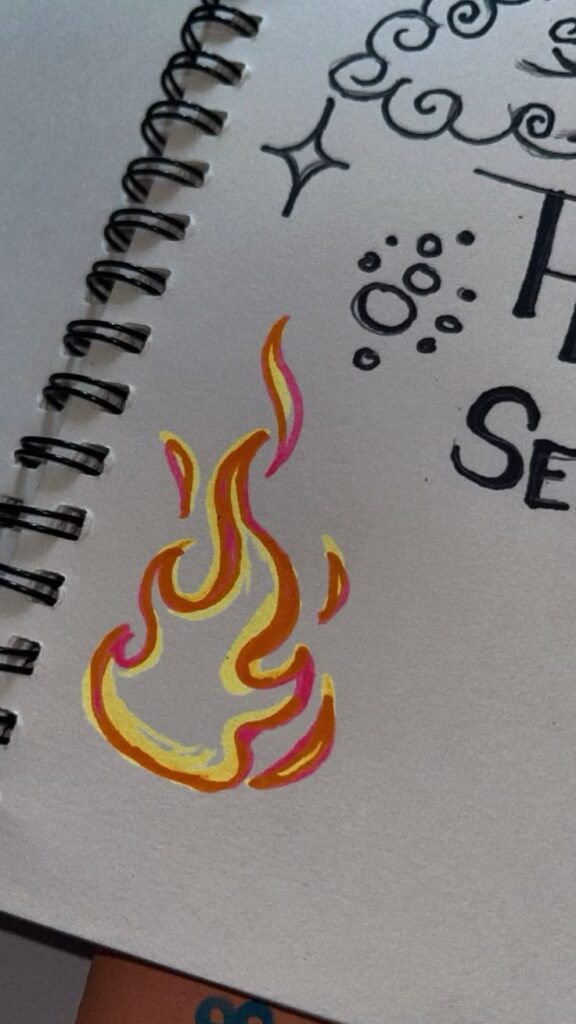
This drawing idea uses just a few colors to create a warm fire effect. It focuses on red and orange tones to show the heat and glow of the flames. The shapes are basic, with soft edges that suggest movement.
The artist starts with a few curved lines to form the fire’s shape. Then, they add layers of red and orange to give it depth. A little yellow can be used for sparks or to highlight the hottest parts.
This minimal style keeps the drawing clean and easy to make. It works well for beginners and those who enjoy simple sketches. The limited colors still make the fire feel alive and cozy.
Using just red and orange helps draw attention to the main subject. It shows how few details are needed to suggest fire. This approach encourages creativity while keeping the art straightforward.
6) Blossoming tree under a crescent moon
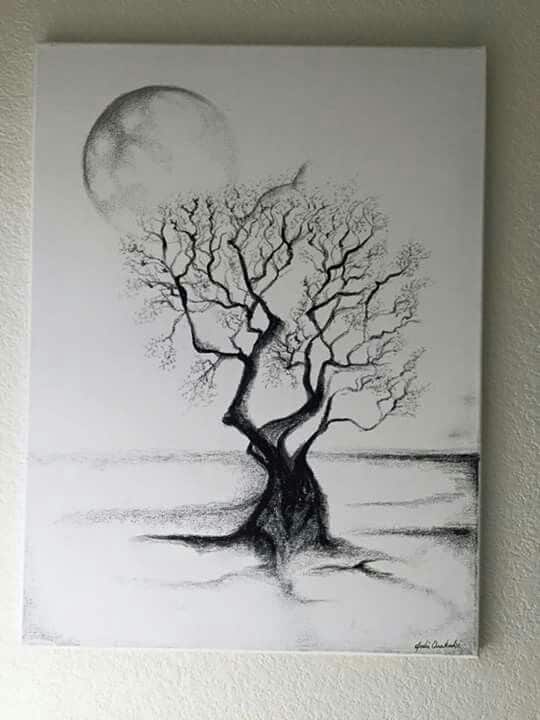
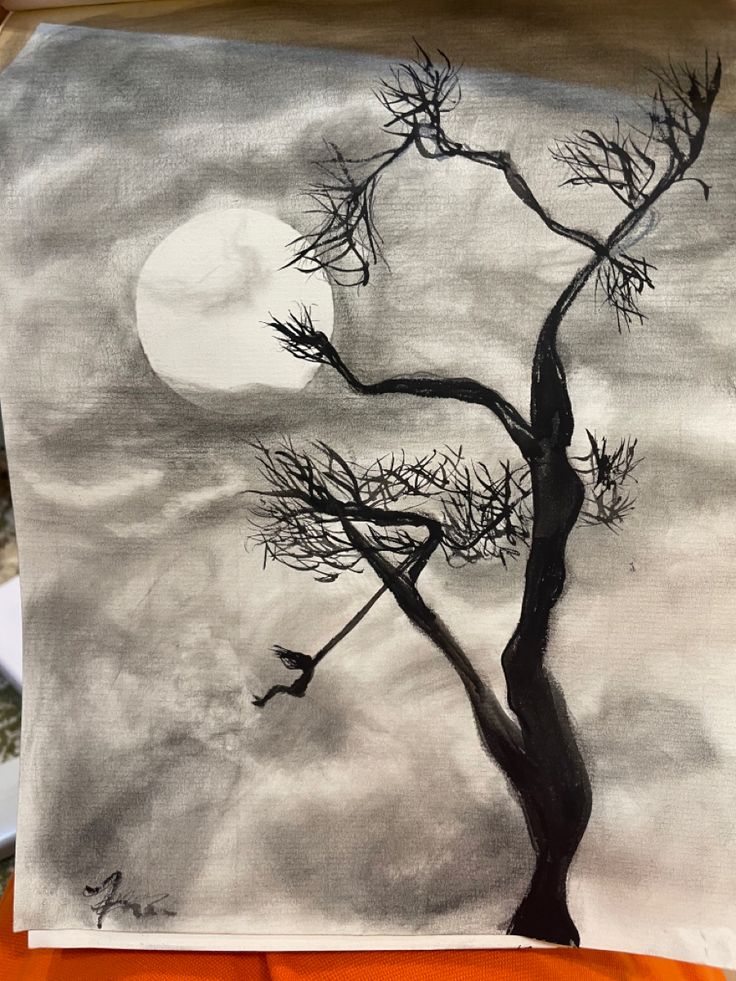
A blossoming tree under a crescent moon is a simple yet powerful image. It shows nature’s quiet beauty and calmness during the night. The tree represents growth and patience, while the moon adds a gentle, peaceful glow.
This drawing idea is perfect for those who like minimalist art. Using just a few lines and soft colors, the tree’s flowers and the crescent moon stand out clearly. It encourages the artist to focus on small details like petals and the moon’s shape.
Creating this scene helps develop patience. It reminds artists to find beauty in stillness and slow progress. The tree blooms quietly, just like creativity often happens quietly too.
This idea works well with pencil, ink, or watercolor. The crescent moon can be drawn as a smooth curve, and the flowers can be simple dots or minimalist shapes.
The combination of a blossoming tree and a night sky makes this drawing feel calm and hopeful. It can inspire anyone who looks at it to appreciate quiet moments in everyday life.
7) Outlined everyday objects
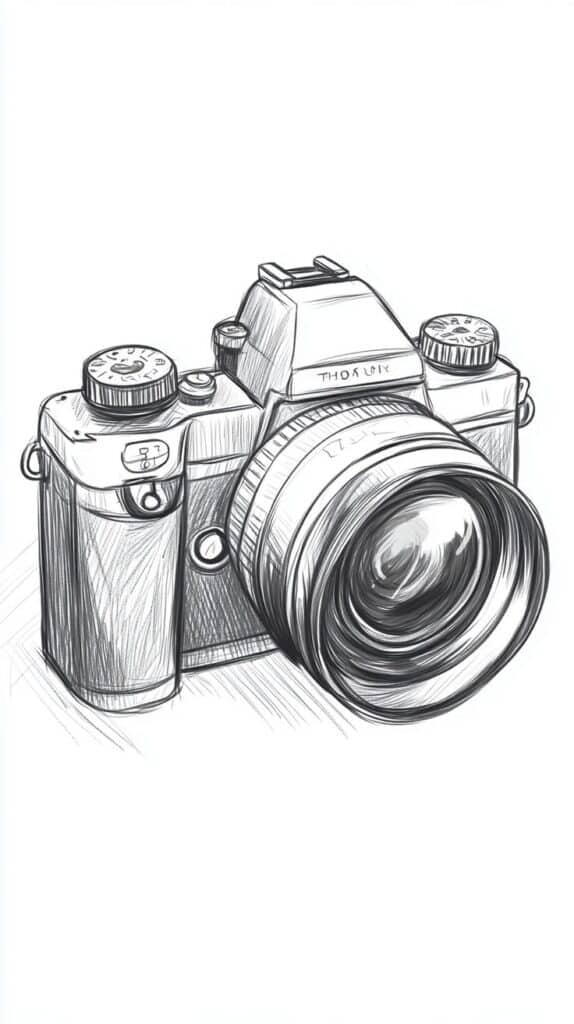
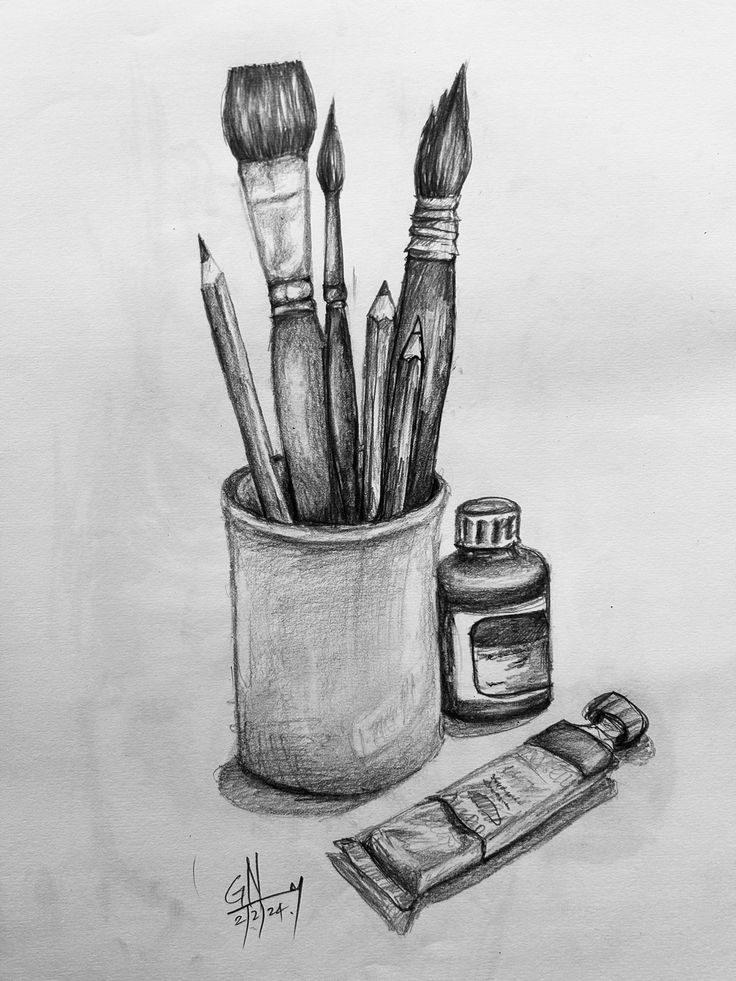
They can start by picking simple items they see every day, like a cup, a pair of glasses, or a plant. The goal is to capture the basic shape using clean, smooth lines.
By focusing only on the outlines, the drawing stays minimal and clear. This helps build confidence without worrying about details or colors.
Outlining everyday objects also trains the eye to notice shapes and forms around us. It’s a quiet way to practice observation while keeping the art fresh and easy.
This idea works well for beginners and those wanting a stress-free creative break. The drawings can be small and quick, making it a nice daily habit to build skills bit by bit.
8) Minimalist butterflies
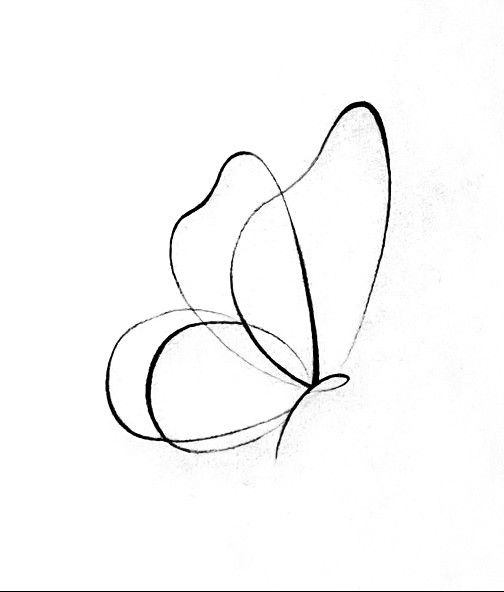
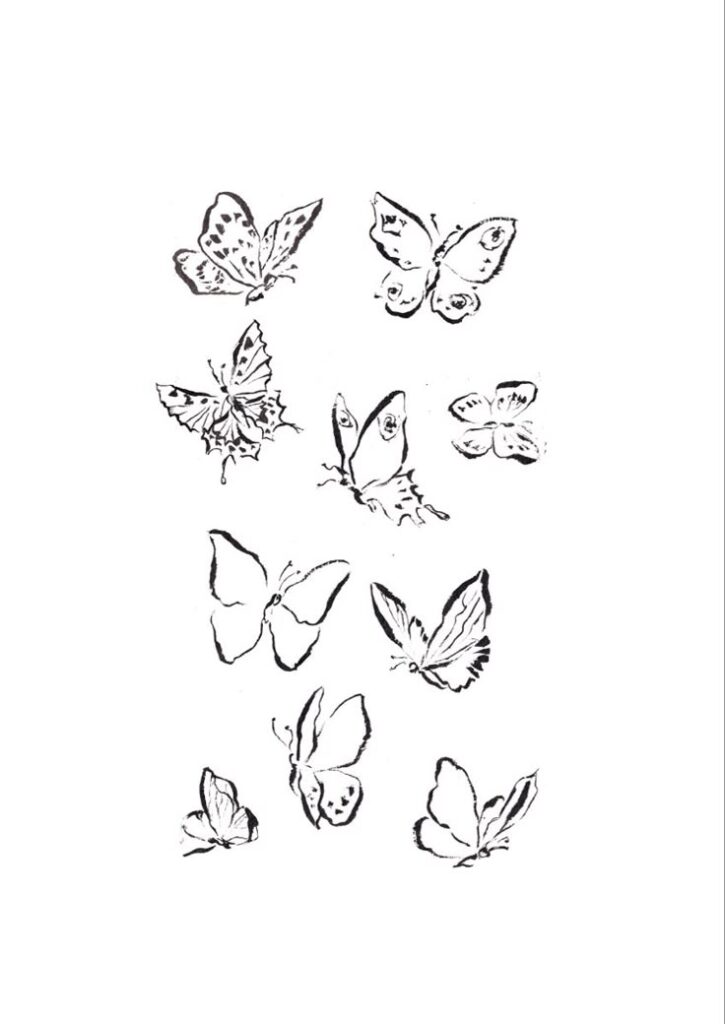
Minimalist butterflies focus on simple shapes and clean lines. They often use smooth curves and basic forms like half-heart wings to create a soft, elegant look. This style captures the beauty of butterflies without too many details.
Artists might draw an S-shaped body with curved antennas. This keeps the design easy to follow and great for beginners or those who enjoy calm, uncluttered art.
Minimalist butterfly drawings can fit many projects. They work well on cards, wall art, or even tattoos. The simplicity makes them versatile and appealing in different styles.
Using few lines encourages creativity. It helps artists focus on balance and shape rather than complex patterns. This way, minimalist butterflies inspire calm and gentle creativity.
9) Whimsical tiny houses
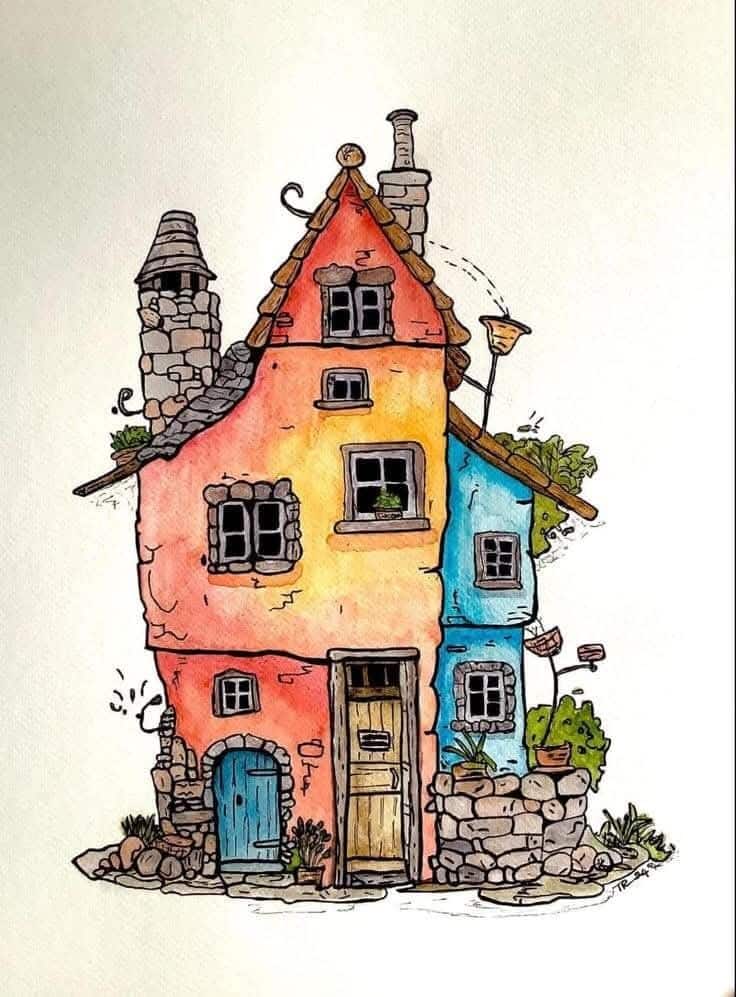
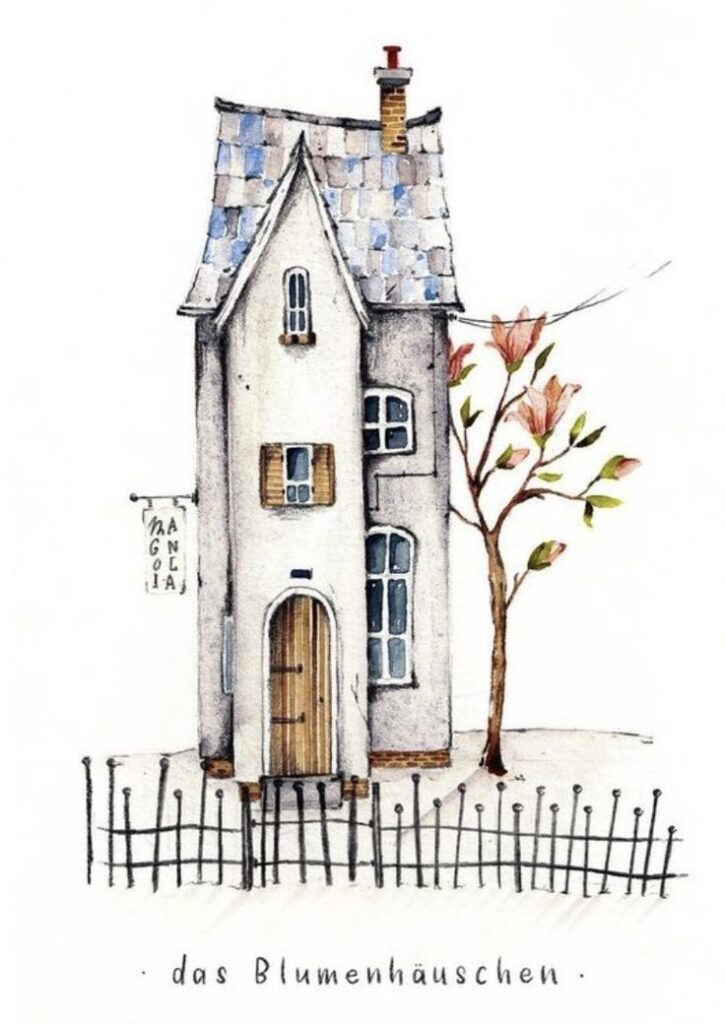
Whimsical tiny houses are great subjects for minimalist drawings. They often have fun shapes and unusual designs. These little homes can look like something out of a storybook or a dream.
They let artists play with creative ideas while keeping the drawing simple. The quirky roofs, tiny windows, and unique doors add charm without too much detail. This helps keep the artwork clean and easy to follow.
Drawing whimsical tiny houses encourages thinking about space and form in new ways. They blend imagination and practicality, which makes each sketch interesting. Minimalist artists can focus on lines and shapes to capture their essence.
Tiny houses also show how small spaces can feel cozy and inviting. They make great practice for drawing something simple but full of personality. Adding little details, like plants or smoke from a chimney, can bring warmth to the sketch while staying uncluttered.
10) Bold colored pencil strokes
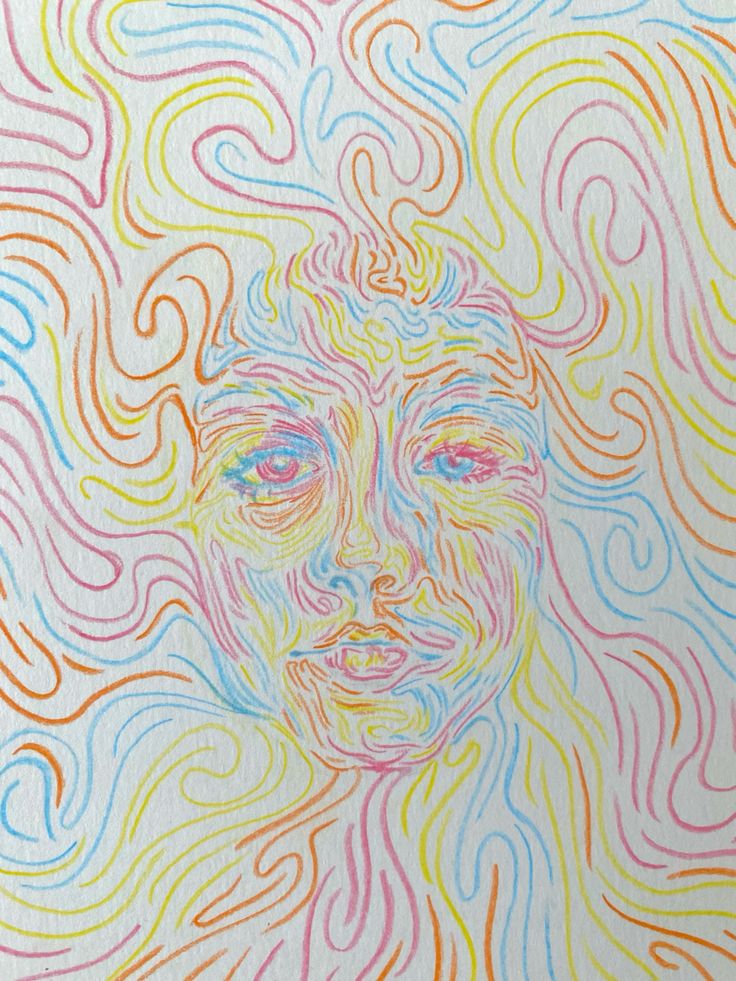
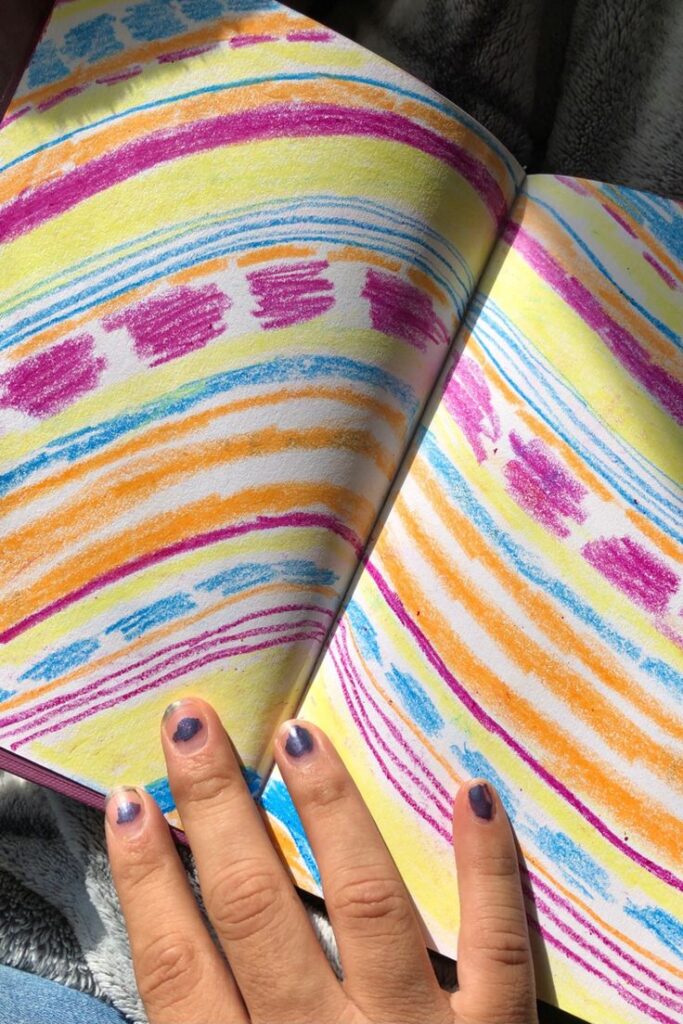
He or she can use bold colored pencil strokes to create strong, simple shapes in minimalist art. Big, confident lines make the drawing stand out without needing many details. This approach works well for abstract or natural designs.
Using fewer colors with thick, visible strokes keeps the piece clean but lively. The texture of the pencil marks adds interest and energy to the work. It also helps show movement or focus in certain areas.
They don’t have to blend colors smoothly here. The rough edges of bold strokes give the drawing character. Playing with pressure and direction of strokes can create different effects while still keeping things simple.
This style encourages artists to trust their hand and enjoy the rhythm of drawing. It is a good exercise for improving control and confidence with colored pencils. Overall, bold strokes are a great tool to make minimalist art feel alive and fresh.
Understanding the Minimalist Drawing Approach
Minimalist drawing focuses on using the fewest lines and shapes needed to communicate an idea. It values clarity and intentional choices, cutting away anything extra to show only what matters most.
Core Principles of Minimalist Art
Minimalist art rests on simplicity and clarity. Artists use basic shapes, limited colors, and clean lines to keep the artwork easy to read. Every line or shape has a purpose.
The idea is to express a subject with as little detail as possible, often capturing the essence rather than a full image. Negative space plays an important role, giving the drawing room to “breathe.”
Artists often use repetition or symmetry to build balance and consistency. Minimalist work avoids clutter or complicated textures.
Benefits of Simplified Drawing Techniques
Simple drawing methods help artists stay focused and reduce stress. Minimalism removes confusion about where to add detail, allowing creativity to flow more easily.
This style also trains the eye to see what matters most in a subject. It improves observation skills because artists must decide what to include or leave out.
Minimalist drawings are quick to make, which encourages practice and experimentation. They also translate well across many art forms, including digital and traditional media. Simple works can be powerful and striking without being complex.
Tools and Materials for Minimalist Drawings
Minimalist drawings work best with simple and reliable tools. The right paper can affect how clean the artwork looks. Choosing pens and pencils that make smooth, sharp lines helps keep drawings neat and easy to understand.
Choosing the Right Paper
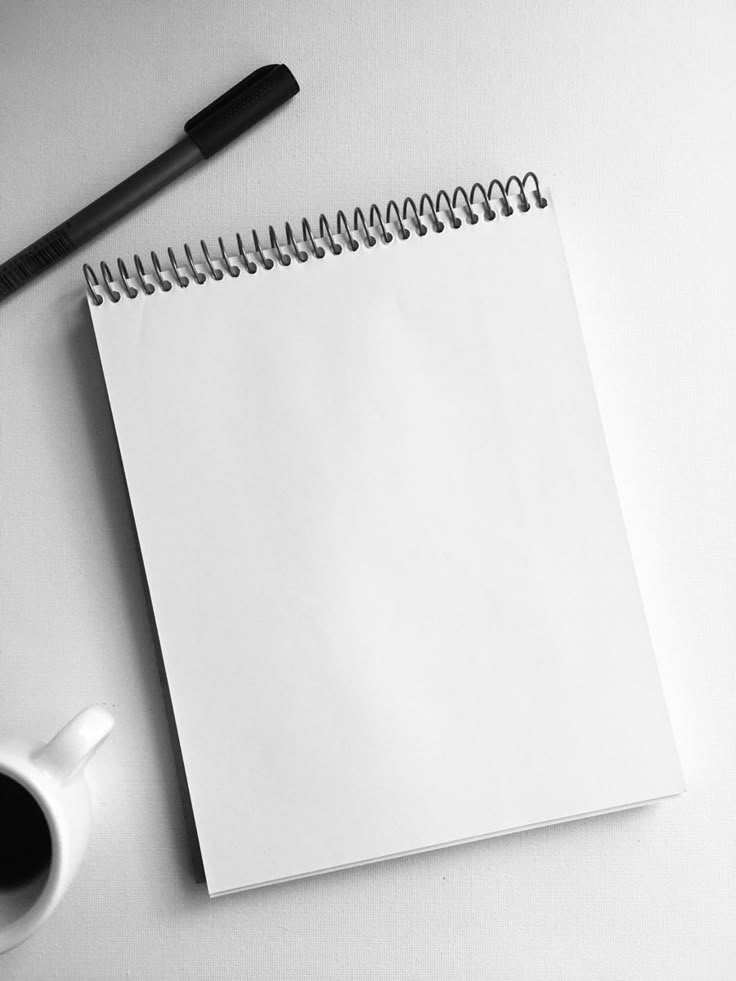
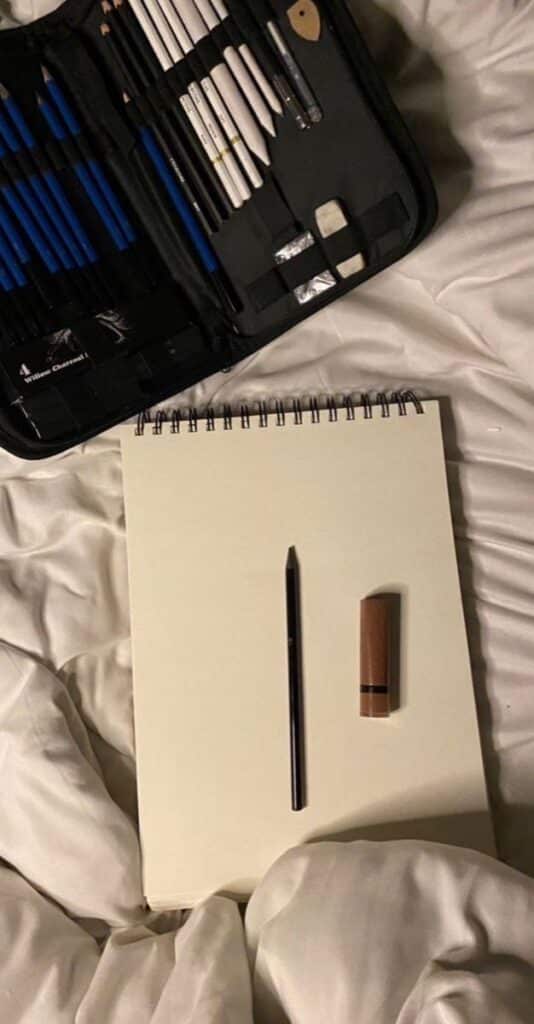
Paper selection plays a big role in minimalist art. A smooth, thick paper prevents ink from bleeding. Look for paper with a weight of at least 90gsm to avoid wrinkles or warping.
White or off-white paper works well because it keeps the focus on the lines. Some artists prefer hot-pressed watercolor paper or Bristol board for its smooth surface. This makes pen lines crisp and clean.
If using pencils, a slightly textured paper can hold graphite better, but not so rough that it disrupts simple shapes. Avoid cheap copy paper since it can tear or smear easily.
Best Pens and Pencils for Clean Lines
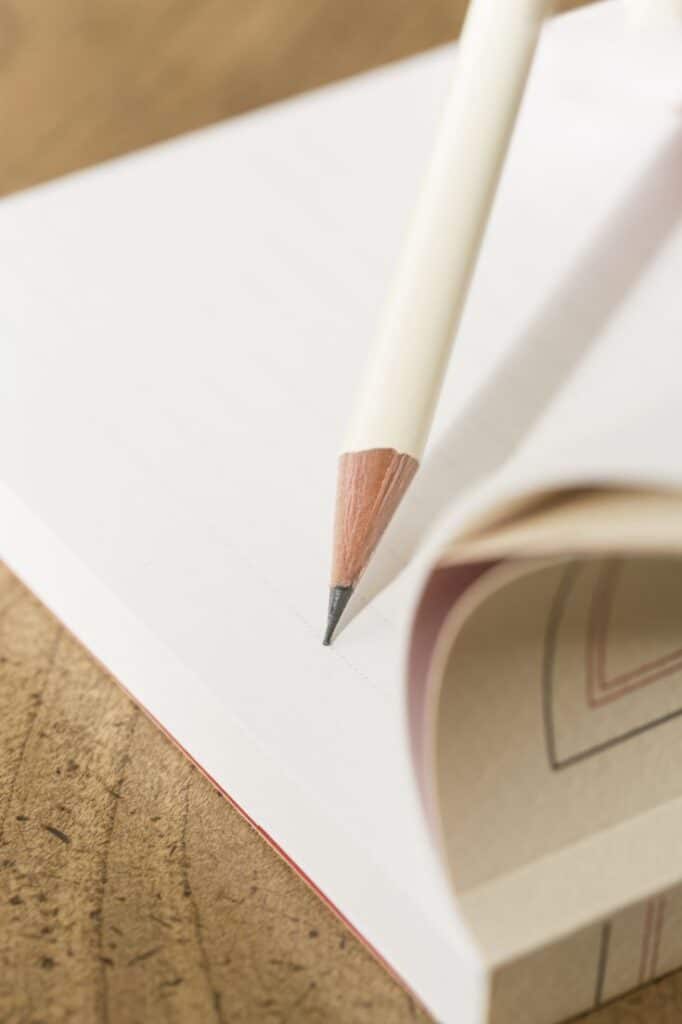
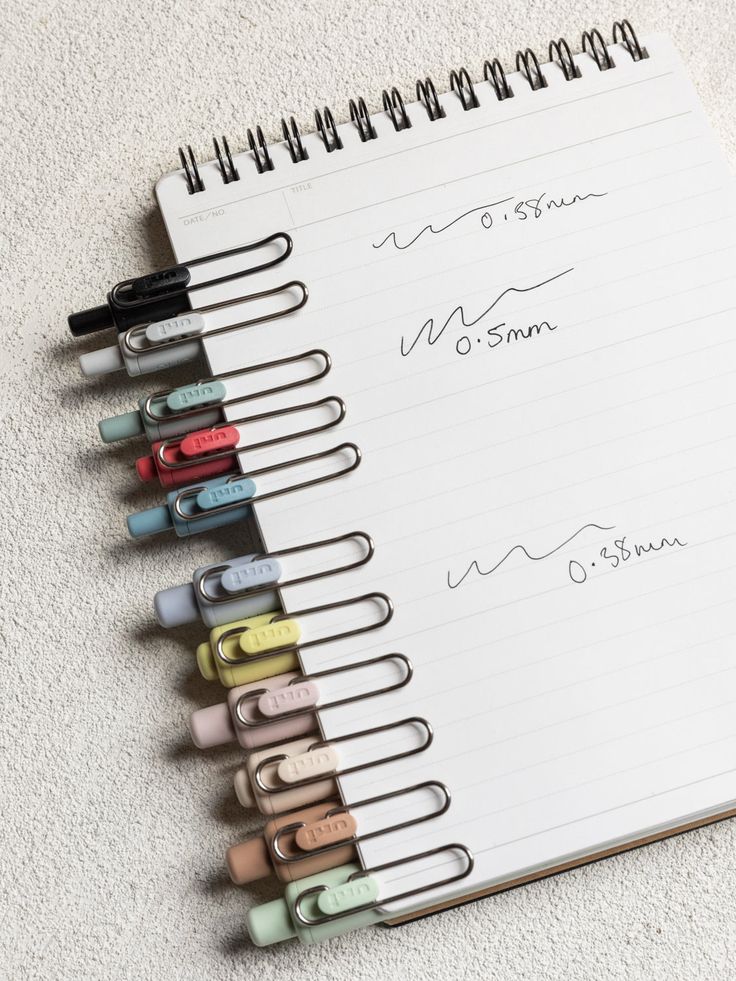
Fine-tip pens are ideal for minimalist drawings because they produce sharp, consistent lines. Popular brands include Micron, Staedtler, and Uni Pin. Sizes between 0.1mm to 0.5mm give good control for both detailed and bold lines.
Mechanical pencils with hard lead (such as 2H) are great for light sketches. They keep lines thin without smudging. Soft pencils (like 2B) can also work for darker shading but are less common in minimalism.
Using pens with waterproof ink helps keep drawings clean and safe from smears or water damage. Some artists like brush pens for smooth, fluid lines that add expression while staying simple.
- 1.0Kshares
- Facebook0
- Pinterest1.0K
- Twitter0
